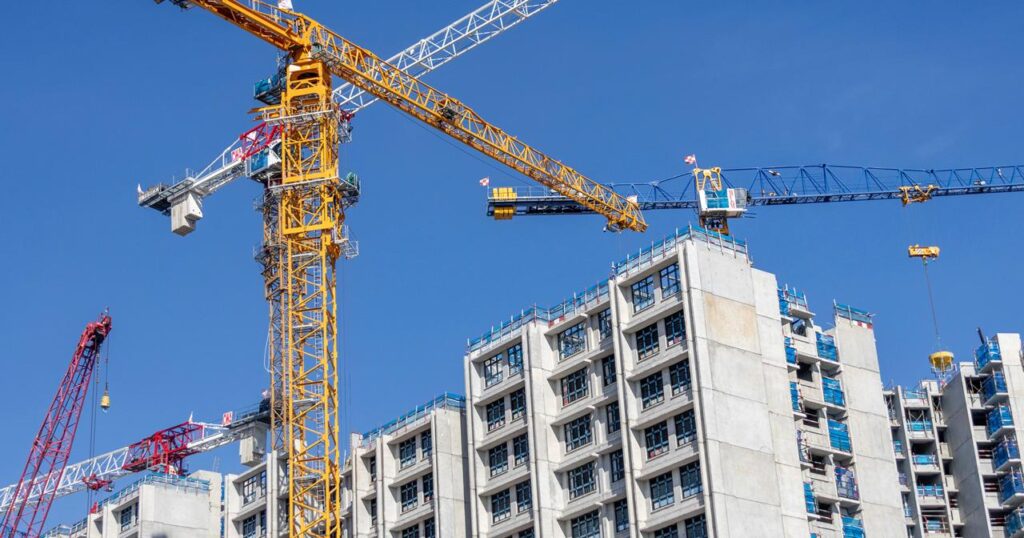
How many new HDB neighbours are coming to your town?
Disclaimer: Unless otherwise stated, any opinions expressed below belong solely to the author.
Singapore’s HDB has just published its annual report and you can read all about the financials in the news. While everybody’s talking about HDB’s deficit, what I found interesting is the pace at which new apartments are built and the areas which are going to grow the most rapidly in the coming years.
According to the report, there are currently 91,941 new public flats under construction in Singapore, with another 55,000 to be launched in the coming two years.
With an average HDB household size of 3.09 persons they will become home to up to 284,000 Singaporeans in the next few years.
Central areas get a boost
While large public construction projects are usually associated with far flung corners of the island, the somewhat unexpected reality is that so much work is going on very close to the centre.
Rather surprisingly, Tengah, the shiny flagship new town of the West, comes only second after the Kallang/Whampoa region. Nearly 11,500 new apartments are being built just a stone’s throw from Orchard Road or Marina Bay.

Queenstown is another example, a little bit further out but still close, bringing over 9,300 new homes, with Bukit Merah adding another 4,500. The mere 1,000 in Punggol or hundreds in Sembawang and Serangoon look tiny in comparison.
More apartments for the same number of people
I may have gotten ahead of myself claiming that the new flats are going to house 284,000 Singaporeans, as it made it seem that new people are coming soon to a place near you. This would be true if the average household size stayed the same—which isn’t likely.
In reality, for most cases, new homeowners may be your current neighbours simply moving out on their own.
This is because the demand for apartments in Singapore is not driven by rising population but by changing lifestyles, as both the young and the old choose to live separately from their families.
Which is why despite resident population growth, the number of residents staying in HDB apartments has stayed virtually flat in the past 15 years:

This means that the utilisation of public infrastructure and public transit may not change drastically once the new residents move in. In the worst case scenario, the traffic might simply move from one area to another—places people move out from may become less crowded and vice versa.
But overall, it’s not public but private housing that contributes more to local population density, as a growing number of residents chooses (and can afford) to live in condominiums.
Meanwhile, HDB apartments will gradually become more comfortable to live in—both in terms of space available per person and neighbourly relations, with fewer people around, as households continue to shrink in size.
- Read other articles we’ve written on Singapore’s current affairs here.
Also Read: Most HDB apartments could cost over S$1M in the 2030s. It’s not only good but necessary.
Featured Image Credit: tang90246/ depositphotos
Last modified: November 12, 2025







